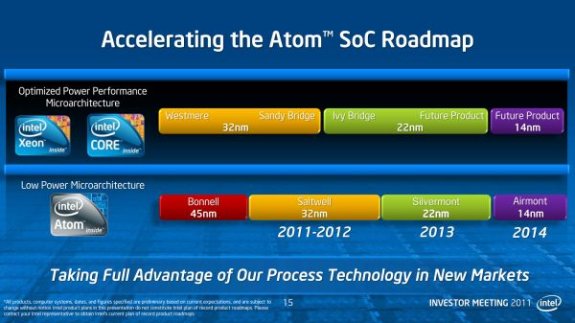Page 4 and page 6 have the most interesting info for performance. http://www.realworldtech.com/haswell-cpu/4/
The 2 biggest changes are moving from a 6-eu wide architecture on sb/ib to 8-eu wide architecture on Haswell, and avx2/FMA. The latter doubles Simd throughput over sb/IB. There's also transactional memory which could make MT applications more efficient. There are also changes to the ring bus which should help igp performance.
Haswell isn't a small tweak from sb/IB.
The 2 biggest changes are moving from a 6-eu wide architecture on sb/ib to 8-eu wide architecture on Haswell, and avx2/FMA. The latter doubles Simd throughput over sb/IB. There's also transactional memory which could make MT applications more efficient. There are also changes to the ring bus which should help igp performance.
Haswell isn't a small tweak from sb/IB.
![[H]ard|Forum](/styles/hardforum/xenforo/logo_dark.png)

